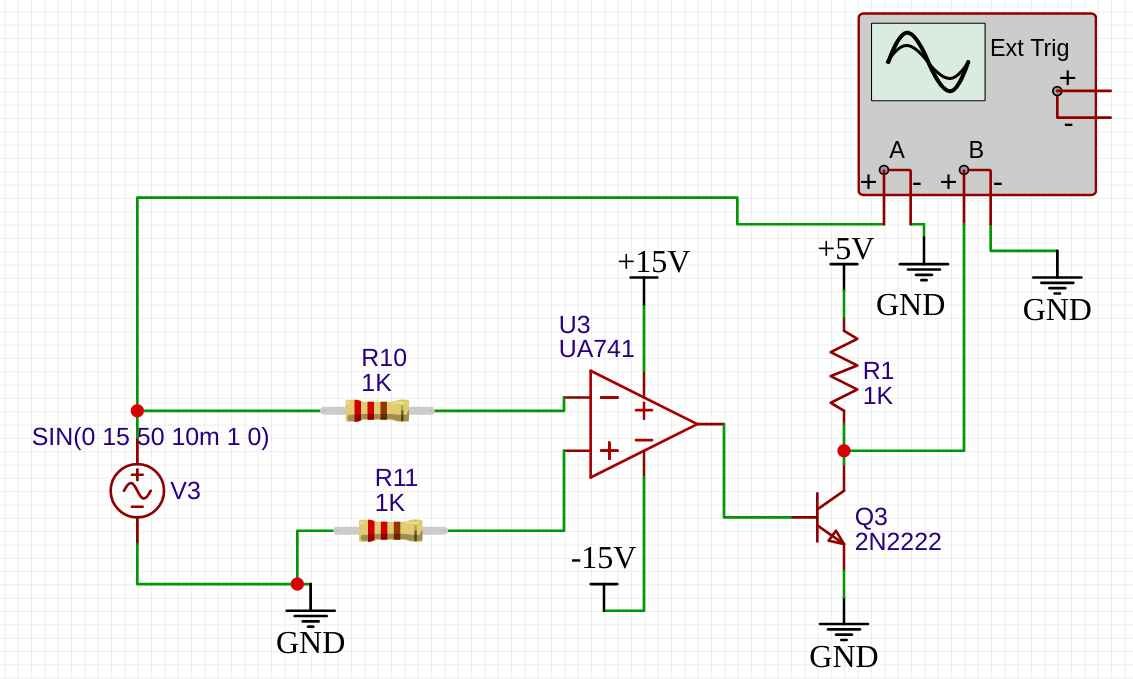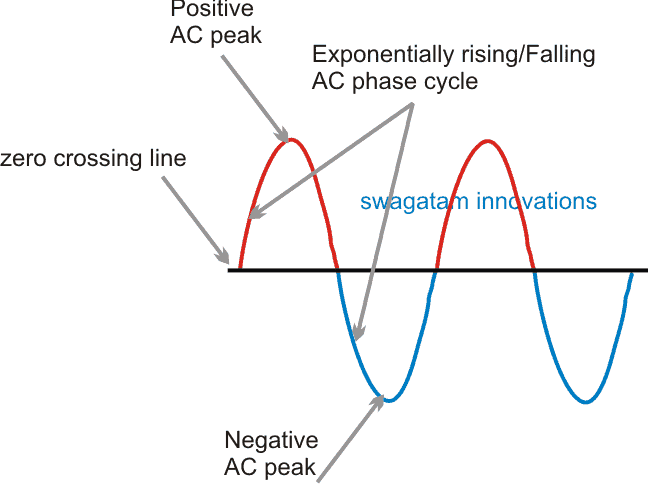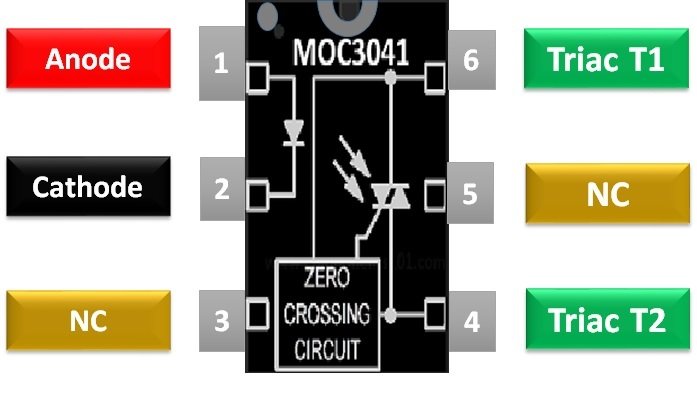azadfalah
Full Member level 2
hi friends
In a project I need to detect zero Crossing in main input
* It is better to do this with the least parts
* To measure the main voltage, the ground and Main neutral are connected in some way ( So the circuit can not be isolated )
*No part of the board is not in contact with the user's body and there is at least 5 mm of plastic cover ( Do not focus on isolation )
I have seen the same circuit before on another device that has worked without problems for years but I do not feel good about it
If I use this circuit. What are the significant risks?

Thanks a lot
In a project I need to detect zero Crossing in main input
* It is better to do this with the least parts
* To measure the main voltage, the ground and Main neutral are connected in some way ( So the circuit can not be isolated )
*No part of the board is not in contact with the user's body and there is at least 5 mm of plastic cover ( Do not focus on isolation )
I have seen the same circuit before on another device that has worked without problems for years but I do not feel good about it
If I use this circuit. What are the significant risks?
Thanks a lot




